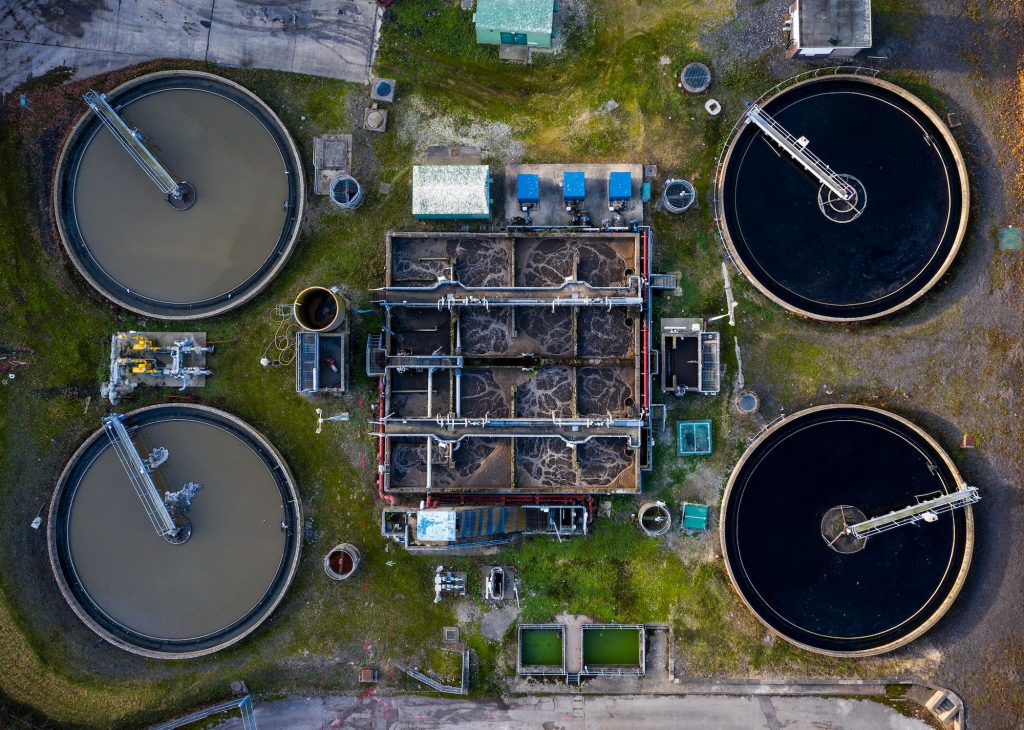
Wastewater treatment is an essential process that ensures that water is cleaned and safe for use or released back into the environment without harming the ecosystem. With growing concerns over water scarcity and pollution, wastewater treatment plants have become more critical than ever. In this article, we will provide you with ten shocking facts about wastewater treatment plants that you probably did not know.
1. Wastewater Treatment is a $63.1bn Industry in the USA
The wastewater treatment industry in the United States is worth $63.1bn [8]. This industry includes designing, building, and operating wastewater treatment plants.
2. Wastewater Treatment Plants Release 850 Billion Gallons of Untreated Wastewater Annually
Sewage treatment systems in the US release more than 850 billion gallons of untreated wastewater into the environment each year [4]. This untreated wastewater can pollute water bodies, harm marine life, and spread water-borne diseases.
3. Wastewater Treatment Plants are Energy-Intensive
Wastewater treatment plants require considerable amounts of energy to operate. 2% of US electricity usage goes towards wastewater treatment [8]. Energy consumption is a significant contributor to the operating costs of wastewater treatment plants.
4. Land and Subsurface Disposal of Sewage is Gaining Importance
After the 1970s, energy conservation became an important factor in the design of new pollution control systems. Consequently, land disposal and subsurface disposal of sewage began to receive increased attention where feasible [2]. These methods are less energy-intensive and more cost-effective than traditional wastewater treatment.
5. Extreme Weather Conditions Pose a Challenge to Wastewater Treatment Plants
Extreme weather conditions such as unusually high or low temperatures, heavy rain, or snow can pose significant challenges to wastewater treatment plants [1]. These conditions can affect the efficiency of wastewater treatment, increase energy consumption, and lead to system failures.
6. Long Showers Waste a Lot of Water
The average US shower lasts just over eight minutes and uses 17.2 gallons of water. That 17.2 gallons are a whole month’s worth of drinking water. By keeping showers shorter than five minutes, a person can save approximately 1,000 gallons of water [6].
7. Ultraviolet Light Can Sterilize Water
Ultraviolet light is a safe and cheap way to kill all but 0.01% of harmful waterborne bacteria in water. This is what makes them so popular at cottages. However, UV alone can’t filter water. For that, you need a more robust system in place [9].
8. California Faces Challenges in Wastewater Treatment
California is one of the US states that faces significant challenges in wastewater treatment. More than two million tons of sewage, industrial, and agricultural waste are discharged into the world’s waterways each year [3]. As a result, water-related diseases are common in California, with at least 1.8 million children under five years old dying each year due to water-borne illnesses, or one every 20 seconds [3]. To address these challenges, California has implemented strict regulations on wastewater treatment plants to reduce the number of pollutants discharged into the environment.
9. The Blue Plains Wastewater Treatment Facility is the World’s Biggest
The Blue Plains Wastewater Treatment Facility in Washington DC, USA is the world’s largest wastewater treatment plant. It treats over 330 million gallons of wastewater every day [5]. That’s a lot of sewage! This treatment plant processes all of this wastewater by producing nitrogen which can degrade water quality.
10. Wastewater Treatment Can Increase the Water Supply
A 2012 National Academy of Sciences study found that U.S. coastal cities could increase their water supply by 27 percent with treated wastewater [7]. Water recycling is an effective way to reduce water scarcity and protect the environment.
In conclusion, wastewater treatment is an important process that ensures that water is cleaned and safe for use or released back into the environment without harming the ecosystem. However, wastewater treatment plants face many challenges, including extreme weather conditions, energy consumption, and the need for effective disposal methods. By implementing innovative technologies and recycling wastewater, we can reduce water scarcity and protect the environment.